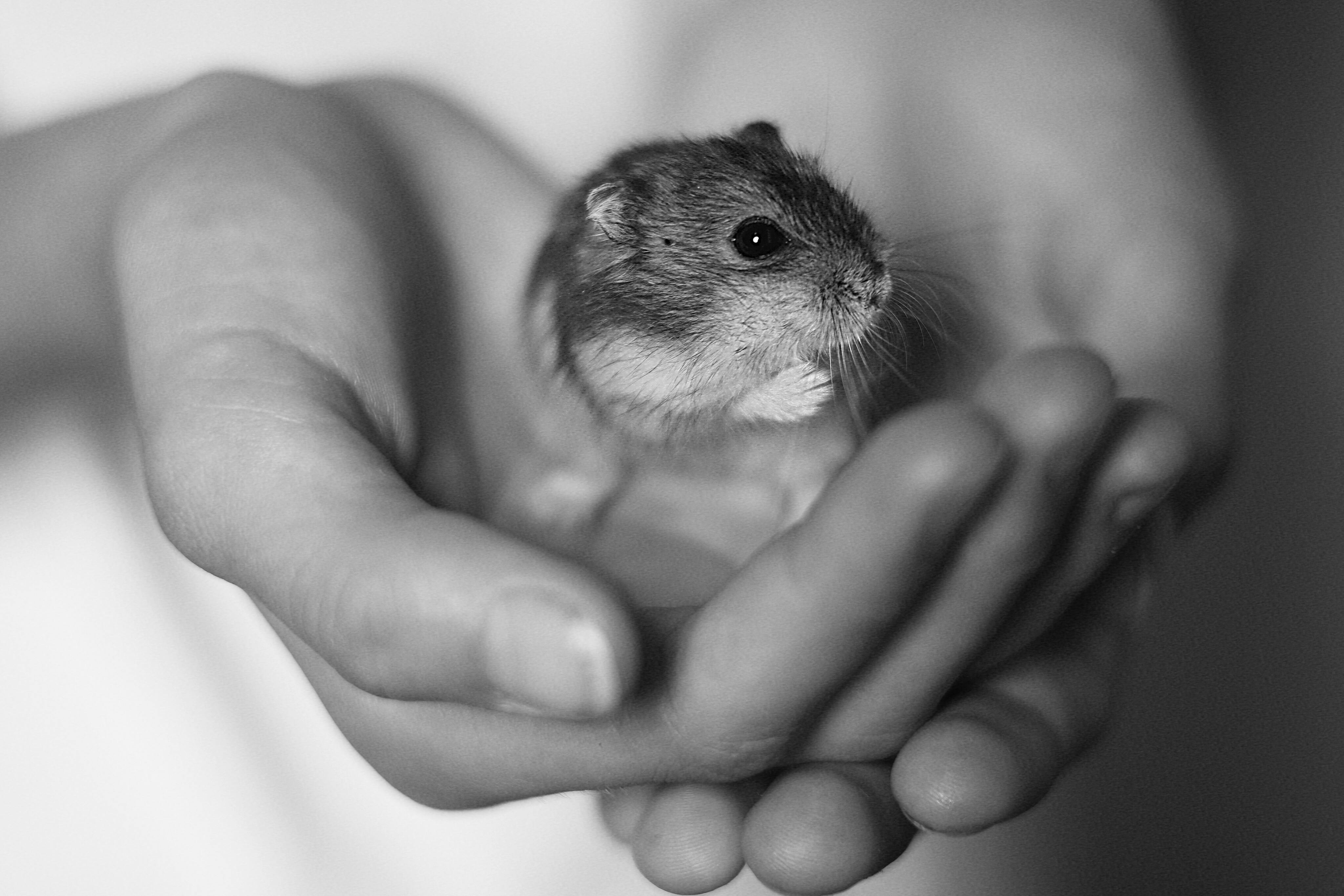Effective Ways to Handle Springtails Near You in 2025
Springtails are tiny soil organisms that play a crucial role in maintaining healthy garden ecosystems. As moisture-loving pests, they thrive in damp environments, making them common in many gardens. Understanding how to effectively manage springtails is essential for gardeners aiming to protect plant health and enhance soil quality. In this article, we will explore practical strategies for controlling springtails while fostering their ecological benefits.
Springtails, also known as decomposer insects, actively contribute to soil health by breaking down organic matter and supporting nutrient cycling. While they are generally harmless, springtail infestations can become troublesome if populations grow excessively. Our discussion will cover the identification of springtails, their behavior, and effective pest management strategies, including organic solutions that align with sustainable gardening practices.
Throughout this article, we will emphasize the importance of biodiversity and how beneficial soil organisms, like springtails, contribute to garden ecology. We'll also provide actionable tips on maintaining moisture control in your garden, fostering beneficial insects, and improving your garden's overall health through integrated pest management techniques.
Prepare to delve into innovative approaches and solutions for managing springtails effectively in an eco-friendly manner, ensuring a thriving garden in 2025.
Understanding Springtail Behavior and Characteristics
To manage springtails effectively, it is essential to first understand their behavior and life cycle. Springtails are small soil insects, typically less than 6 millimeters in length, and come in a variety of species, each with unique characteristics.
Springtail Identification Guide
Identifying springtails is the first step in effective pest management. They are characterized by their elongated bodies and fur-like tails, which they use to propel themselves into the air when disturbed. Common species include the Folsomia candida and Hypogastrura nivicola. Observing their movement can help in distinguishing them from harmful pests.
Springtails in Gardens: Roles and Relationships
Springtails are critical players in garden ecosystems. By consuming decaying organic matter, they aid in nutrient cycling, improving soil structure and health. Their interactions with soil microorganisms also promote beneficial partnerships that enhance plant vitality. Understanding these relationships provides insights into the ecological benefits they offer.
Feeding Habits of Springtails
These insects primarily feed on dead plant material, fungi, and bacteria found in the soil. Such feeding habits contribute to soil aeration and improve moisture retention, key elements for optimal plant growth. However, when their populations surge, they may start to damage young plants, which underscores the need for wise pest management practices.
Springtails and Soil Health
Springtails enhance soil health by facilitating the breakdown of organic matter. This process not only enriches the soil but also promotes a diverse ecosystem of soil microorganisms which are vital for nutrient uptake by plants. Monitoring springtail populations can serve as an indicator of soil health, guiding gardeners in adjusting their practices accordingly.
Seasonal Behavior of Springtails
Understanding the seasonal behavior of springtails can aid in their management. They thrive in moist conditions, often appearing in larger numbers during the spring and fall. This awareness helps gardeners implement proactive measures to maintain balance and prevent infestations.
Building on these fundamentals, the next section will explore effective pest management strategies that embrace the ecological benefits of springtails while minimizing risks to plants.
Effective Pest Management Strategies for Springtails
With a solid understanding of springtail behavior and ecological roles, it's time to discuss effective pest management strategies. As natural pest control solutions are increasingly favored, we’ll focus on methods that minimize harm to beneficial organisms while controlling pest populations.
Integrating Springtails into Ecological Management
Integrating springtails into your pest management strategy can help foster other beneficial insects. By creating microhabitats that promote their populations, you enhance biodiversity and support soil health. This approach not only reduces the need for chemical treatments but also encourages natural pest control dynamics.
Organic Pest Control Methods
Utilizing organic pest control methods is a key proponent of sustainable gardening. Options such as diatomaceous earth and neem oil can effectively manage springtail populations without adversely affecting the surrounding ecosystem. Regular monitoring and targeted application of these organic solutions can maintain balance without sacrificing the integrity of your garden.
Moisture Control Techniques
Implementing moisture control techniques can greatly reduce the likelihood of springtail infestations. Consider practices like improving soil drainage, utilizing living mulch, or adjusting watering schedules to maintain optimal soil moisture levels. These methods create less favorable conditions for springtails while promoting healthy garden environments.
Pest Population Dynamics and Seasonal Trends
Understanding pest population dynamics and seasonal trends will help inform proactive measures. During moist seasons, be vigilant in monitoring springtail populations and modify your practices accordingly. Early intervention is key to preventing outbreaks and mitigating potential damage to your garden.
Creating Habitat for Beneficial Insects
Creating habitats that support beneficial insects can help regulate springtail populations naturally. By introducing flowering plants and diverse vegetation, you attract predatory insects that can keep springtail numbers in check. This approach fosters a balanced ecosystem and supports biodiversity, aligning with principles of organic gardening.
With these strategies in place, let's explore additional techniques for improving garden health while promoting the vital role of decomposer insects like springtails.
Enhancing Garden Health through Biodiversity
Enhancing biodiversity in your garden is a vital component of effective pest management and sustainable practices. By fostering a diverse ecosystem, you create a resilient environment that can withstand pest pressures, including springtails.
Benefits of Biodiversity in Garden Ecosystems
Diversity in the garden strengthens ecosystem balance, which is essential for natural pest control. Diverse plant species support a variety of insects, including beneficial predatory species, contributing to effective pest management. Incorporating various plants not only promotes biodiversity but also enhances soil fertility and health.
Soil Improvement Techniques
Employing soil improvement techniques such as adding organic amendments and compost contributes to a healthy, thriving garden environment. Healthy soil fosters beneficial microorganism and insect populations, including springtails. Additionally, enriched soil supports robust plant health, making crops more resilient to pest pressures.
Nutrient Cycling and Springtails
Springtails play a vital role in nutrient cycling, breaking down organic material and facilitating nutrient uptake in plants. Enhancing your composting techniques can also support the population of springtails, contributing to an ongoing cycle of nourishment for your garden. Creating rich compost not only attracts beneficial insects but also improves soil structure.
Creating Habitat for Beneficial Soil Organisms
By creating habitats that support beneficial soil organisms, you can keep springtail populations healthy and balanced. Techniques include maintaining litter layers, implementing no-till practices, and ensuring adequate moisture levels in the soil. Each of these practices encourages the presence of beneficial insects and microorganisms, contributing to overall garden health.
Springtails as Eco-Friendly Pest Solutions
Understanding the role of springtails as decomposers highlights their significance in eco-friendly pest solutions. They help recycle nutrients, contributing to plant health and robust soil ecosystems. Recognizing their value can guide gardeners in developing practices that leverage their benefits while preventing potential pest issues.
With a comprehensive approach to garden health and biodiversity, let’s address common questions regarding pest management and springtail behavior.
Q&A: Common Questions about Springtails
What are springtails and why are they important in gardens?
Springtails are small insects that thrive in soil and contribute to decomposition. They break down organic matter, enhancing soil health and nutrient availability for plants. Their presence indicates a healthy garden ecosystem and aids in pest management.
How can I identify if I have a springtail infestation?
Signs of a springtail infestation include visible populations in damp areas, particularly around pots or moist soil. Observing their jumping behavior when disturbed can also help confirm their presence. Regular soil checks can help monitor population levels.
What are the best organic methods for controlling springtail populations?
Effective organic methods for managing springtails include using diatomaceous earth, optimizing moisture levels, and enhancing soil aeration. Additionally, attracting beneficial predators can help maintain a balanced ecosystem.
How do springtails impact composting processes?
Springtails play a beneficial role in composting by breaking down organic materials, facilitating decomposition, and enhancing nutrient cycling. Their presence indicates an active and healthy composting process, making them valuable allies in sustainable gardening.
Can springtails harm my plants?
While springtails are generally harmless, excessive populations may damage young plants or seedlings. It’s essential to maintain balance and monitor their numbers to prevent any potential harm. Implementing pest management strategies can help manage their populations effectively.
By understanding springtails and employing effective management techniques, you can enjoy the benefits these tiny insects provide while maintaining a healthy garden in 2025.


